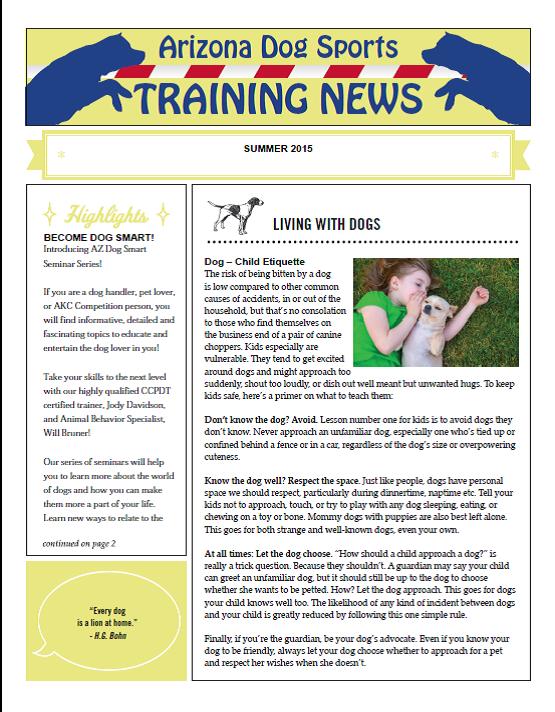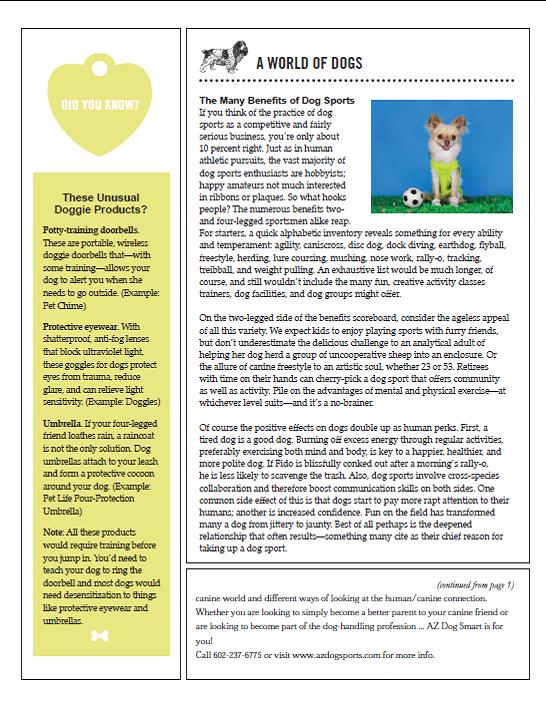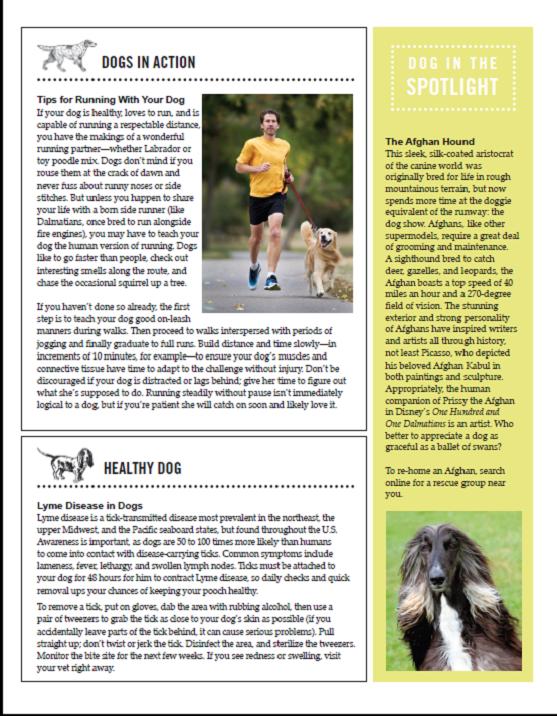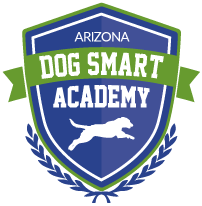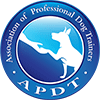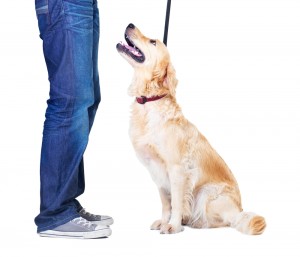
Dog Obedience Training -Establishing Leadership
Anyone else tired of politics yet? With all the current discussion of new leadership for the country, it seems like a good time to look at leadership from our dog’s perspective. What does it mean to be a dog’s leader? We usually think of dogs and leadership in the terms of the pack and the “alpha” position being in charge, but over the last few years, science has shown that the “pack”, as we have historically thought of it, is actually much more complex. Also, the majority of the studies have been focused on wolves which differ from dogs in many ways; most importantly wolves stay within the same family group for their entire developmental periods only leaving the group at 2 to 4 years of age if they leave at all. Communication in a pack of wolves is subtle and more constant, as opposed to the violent snarling and physical altercations we see in the wildlife specials. Those interactions are far less frequent and are not what establishes leadership.
What is Dog Leadership?
Being a leader is not about being a bully or a drill sergeant. It’s creating a safe and secure group. Not to mention, each animal within the pack plays a role, from the top position of alpha all the way down to the lowest, or omega position. The entire pack knows the rules because they are consistent and easily understood. We as humans struggle with consistency and being understood with each other on a daily basis, can we do the same to provide leadership to another species?
How do we humans incorporate this?
So, what about our dogs? What does leadership mean to them? First we have to realize that we are asking our dogs to function in a world created by us and generally not for them. The fact we had to create “dog parks” is a perfect example. Spaces had to be made for dogs so that they could socialize more readily. (Whether dog parks allow dogs to socialize properly or not is an ongoing discussion among many dog professionals and a topic for another article.) We can understand buildings, cars, fences, shiny floors, thunderstorms and fireworks. A dog has to learn that these things are normal or non-threatening.
How to include their leadership style to make dogs more obedient?
In order for them to learn this we have to become their teachers and by doing so we also become their leaders. When you help a dog investigate a new object, accomplish a new task, or overcome fear you are not only teaching, you are leading as well. When a dog sees you as a confident guide you fill the role of leader. One of the wonderful things about dogs is that their needs are simple. Good food, clean water, shelter from the weather, and a loving stable environment. Part of what makes that environment stable is having someone to give them direction.
The absence of this leadership can create problems as well. Hierarchy is instinctive in dogs, everyone has a role. If they don’t feel someone is leading, their instincts tell them to try to fill that role. The truth is they don’t really want all that responsibility, that’s what will stress a dog almost more than anything else. Many of the anxious dogs we see in training are asking, even imploring that someone tell them how they should respond.
Quality dog obedience training classes… show that proper “leadership” training is more than just good behavior — you are giving your dog a teacher, a guide, a leader they can trust! We at AZ Dog Sports approve this message. And our special dog trainer team in Phoenix believe strongly in empowering our community to provide good leadership skills with your dogs!
Written by Will Bruner
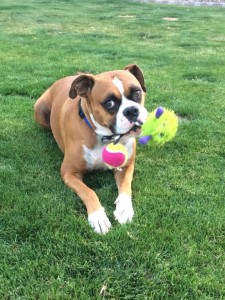 It’s All About the Money!
It’s All About the Money!